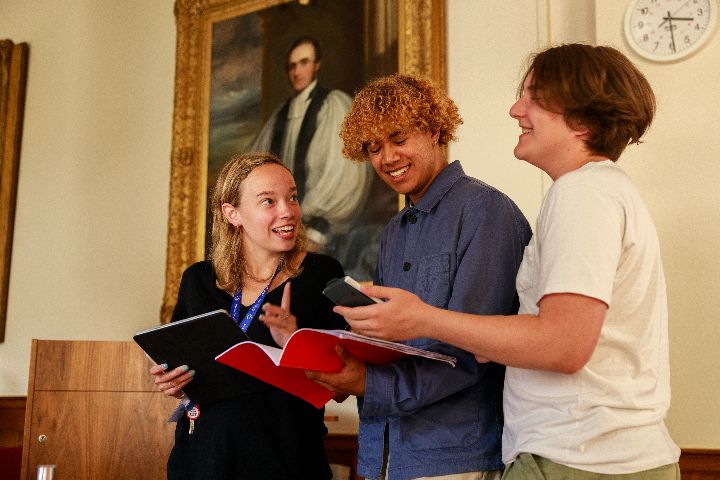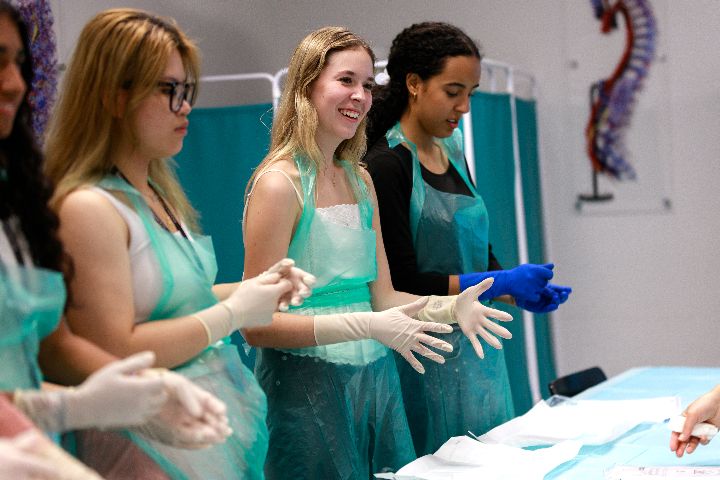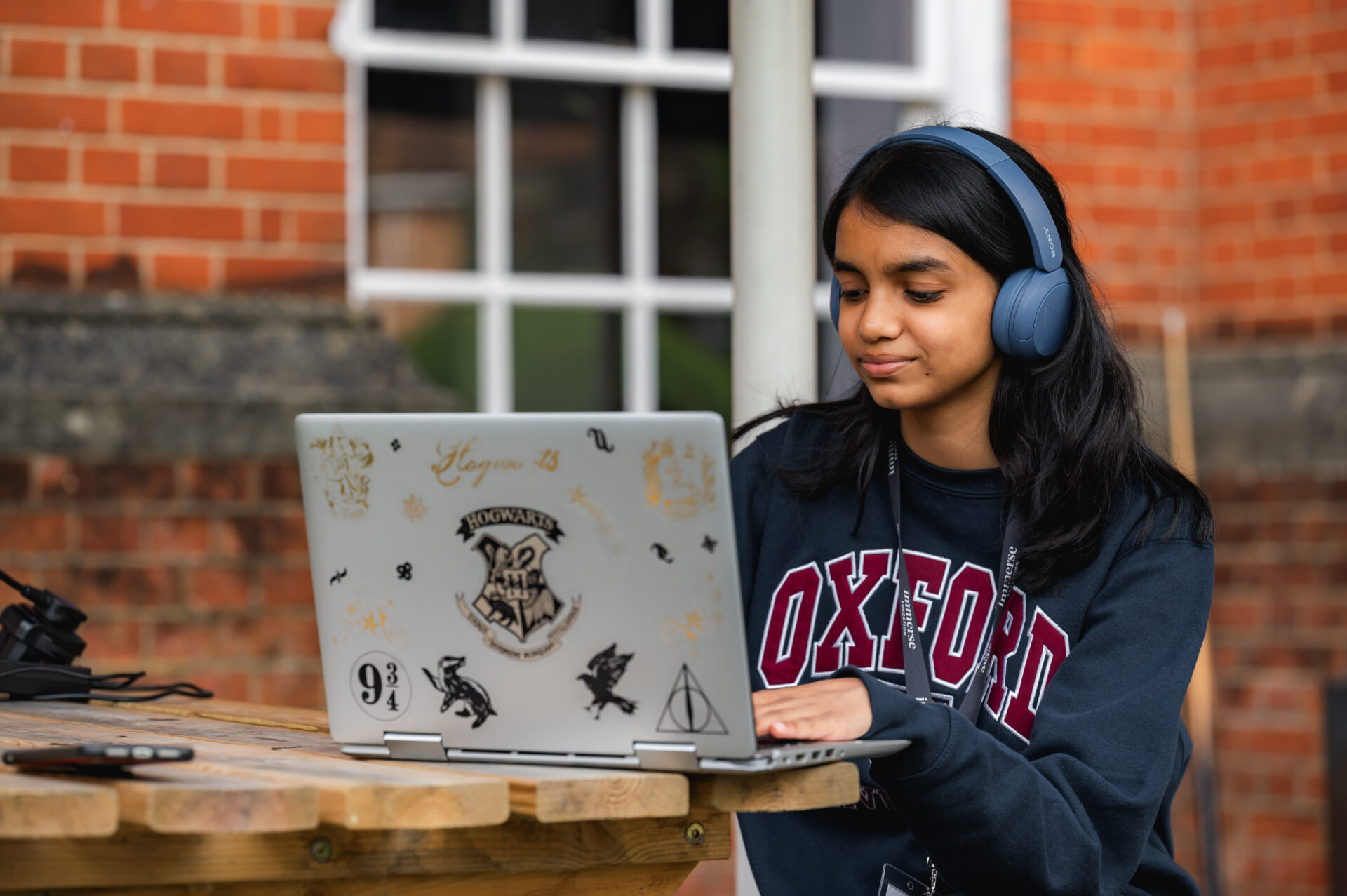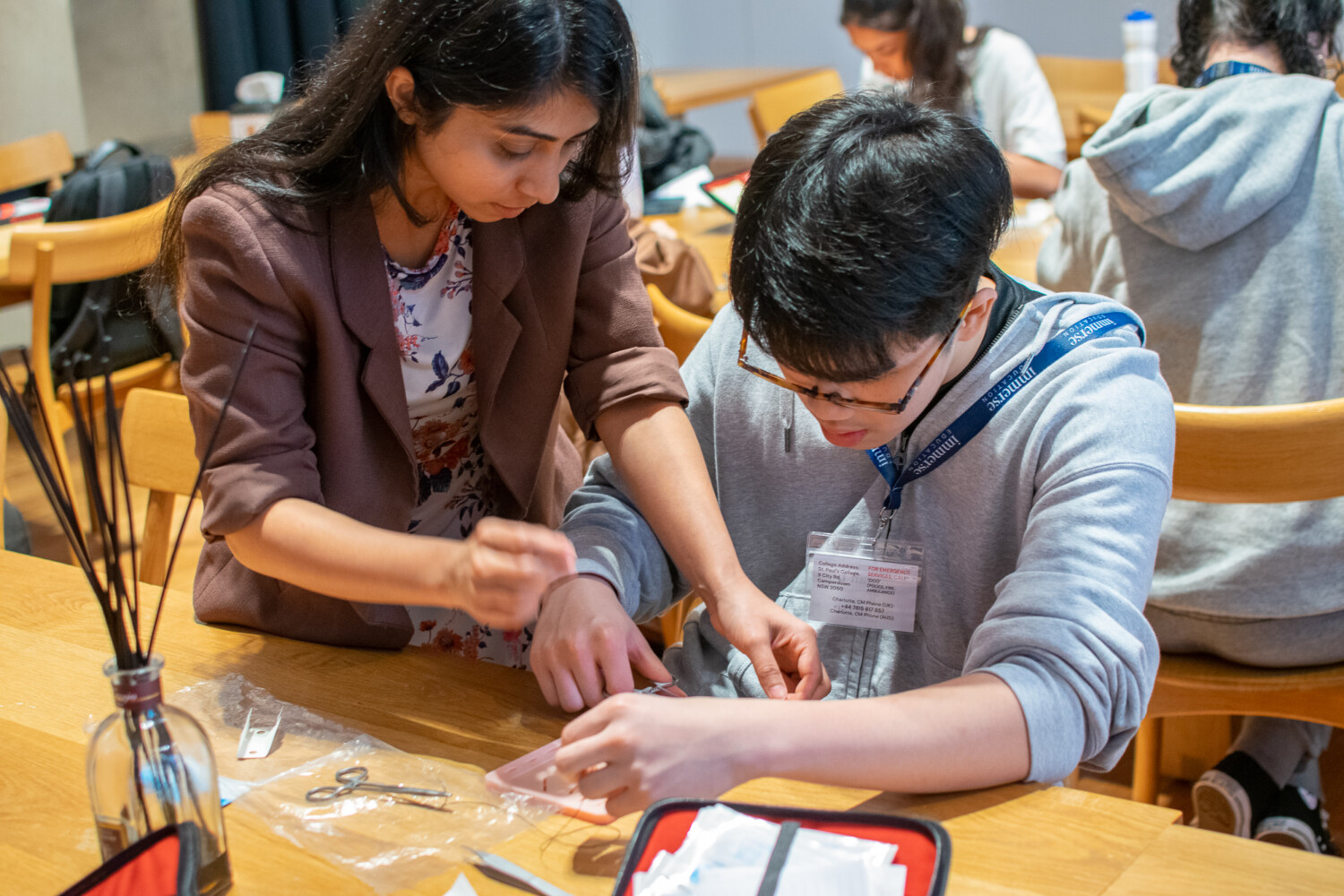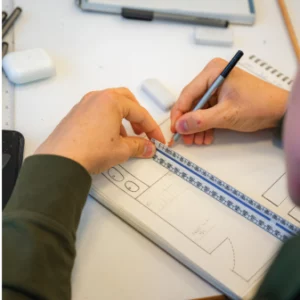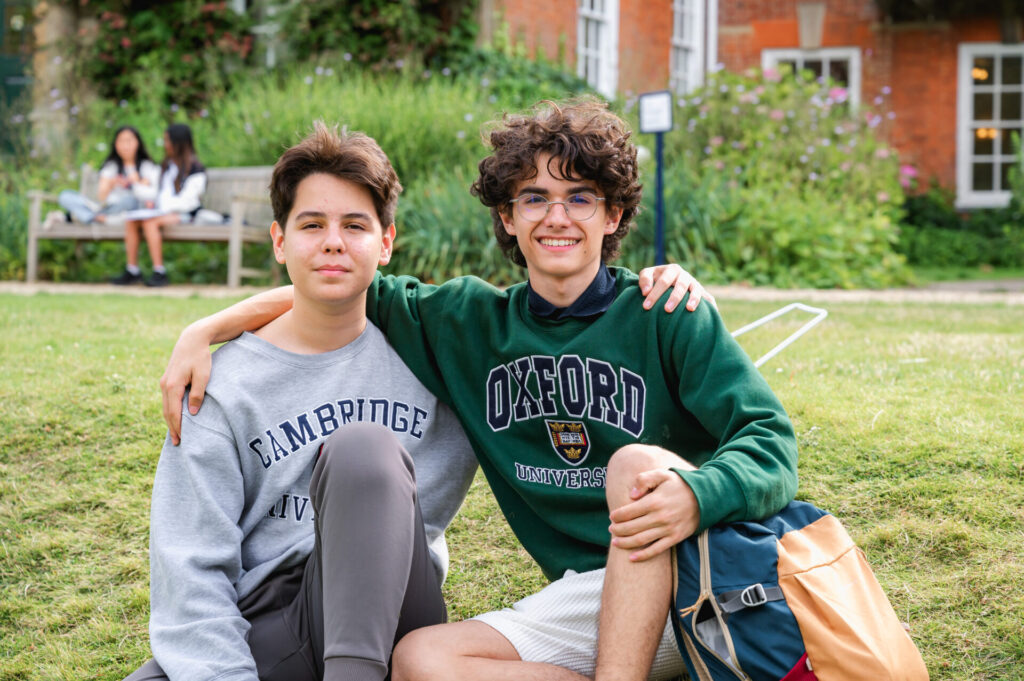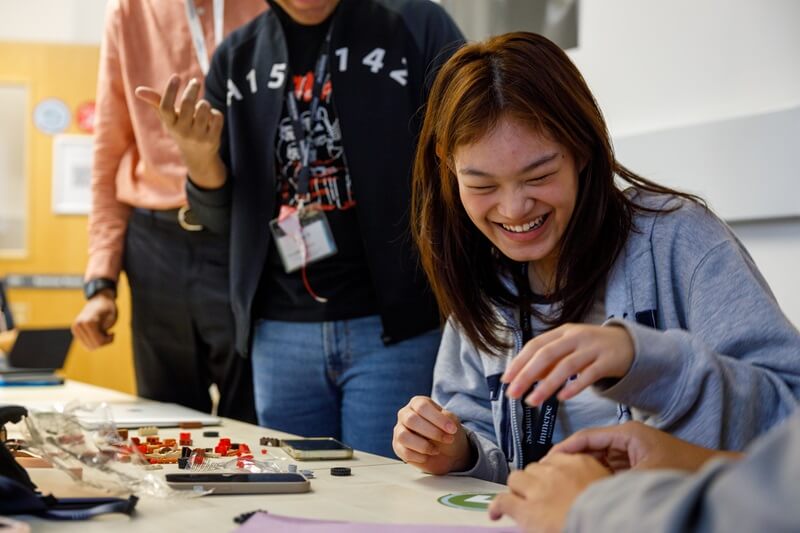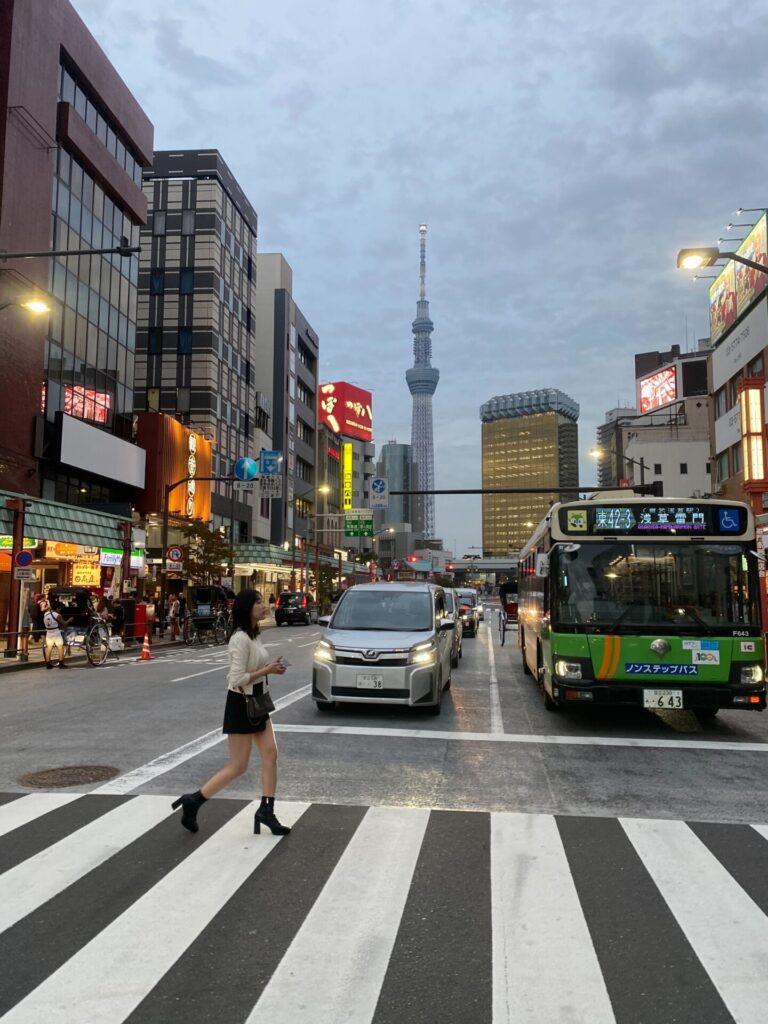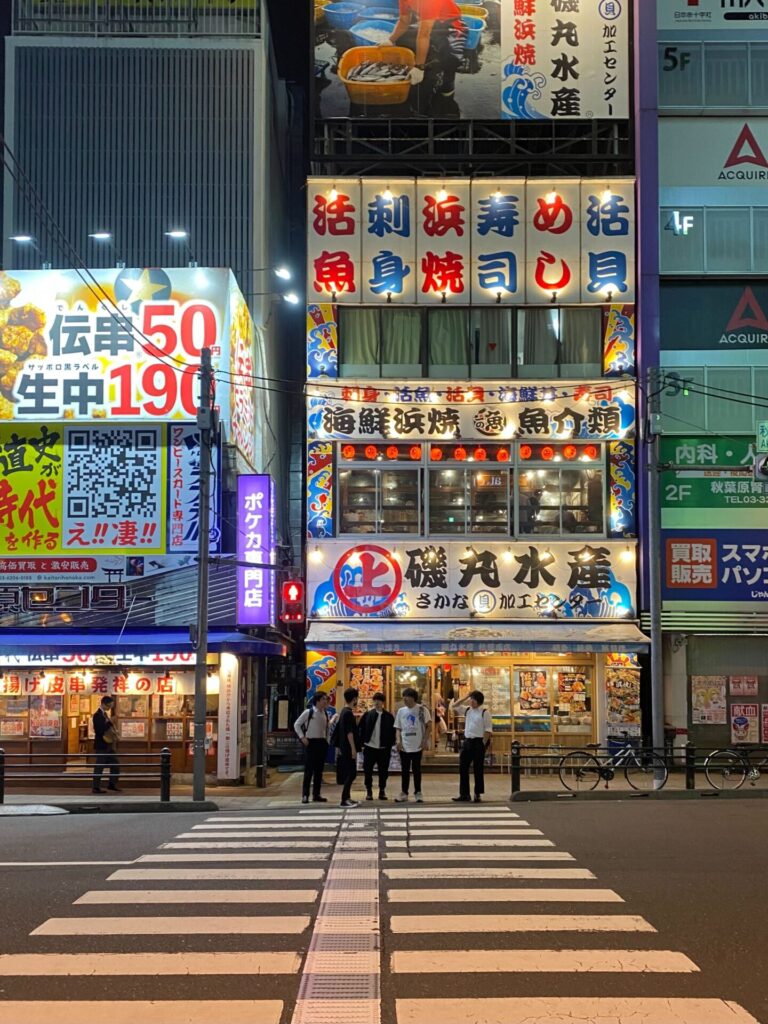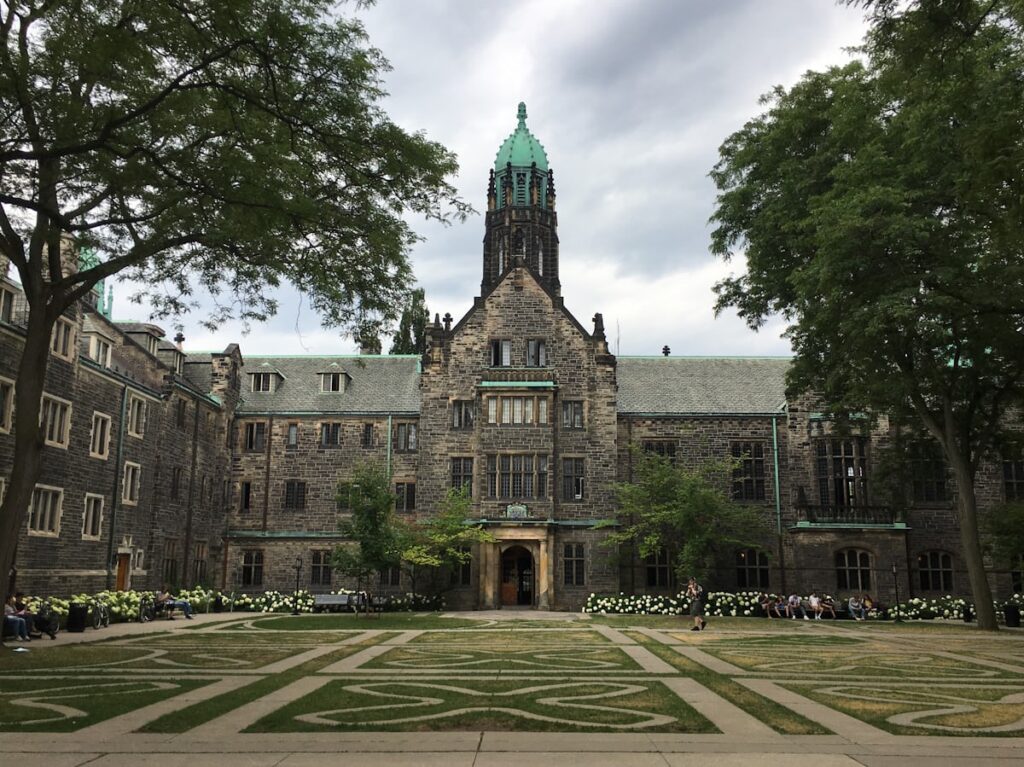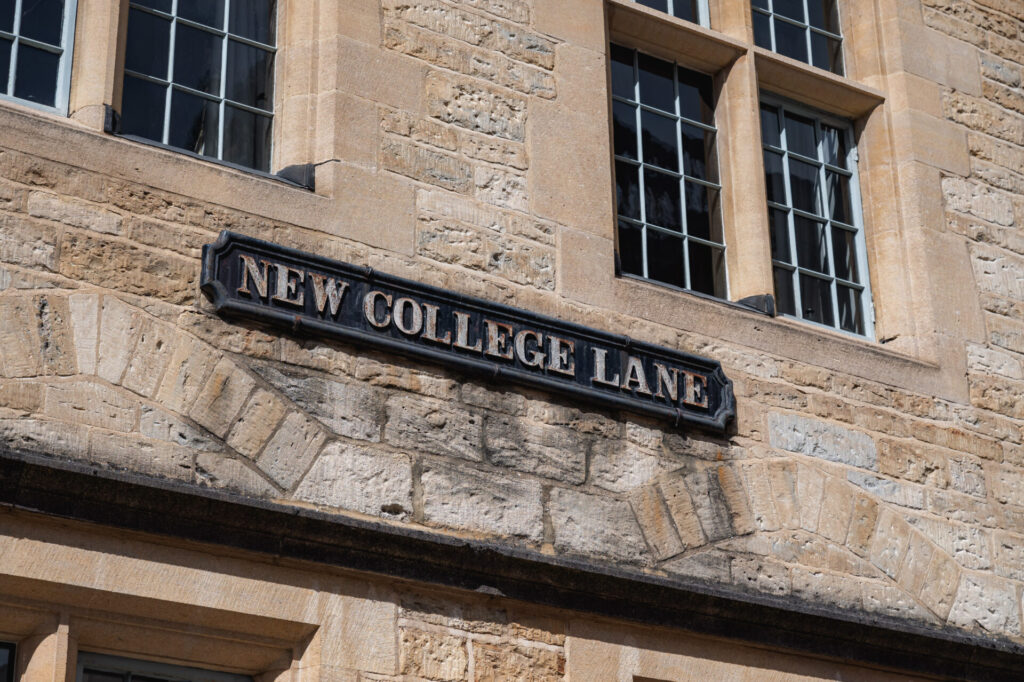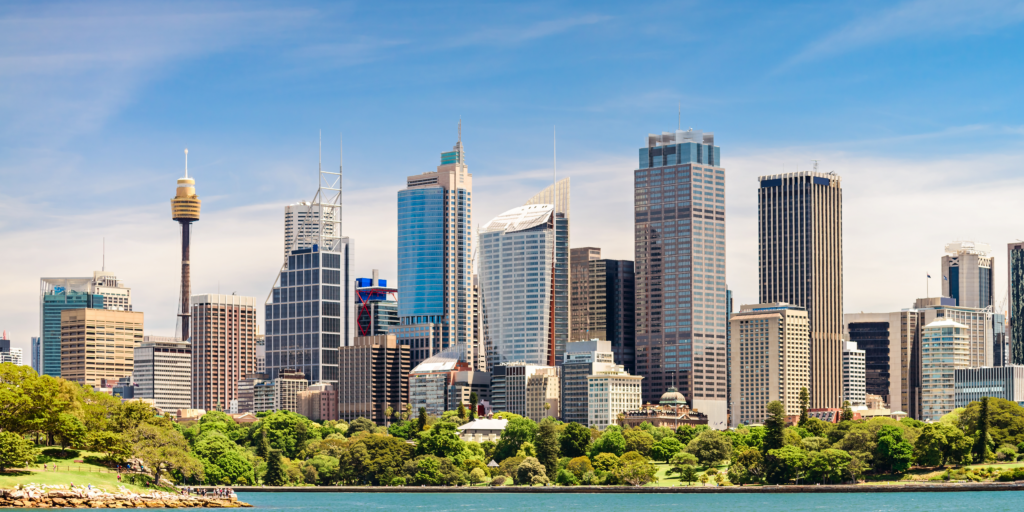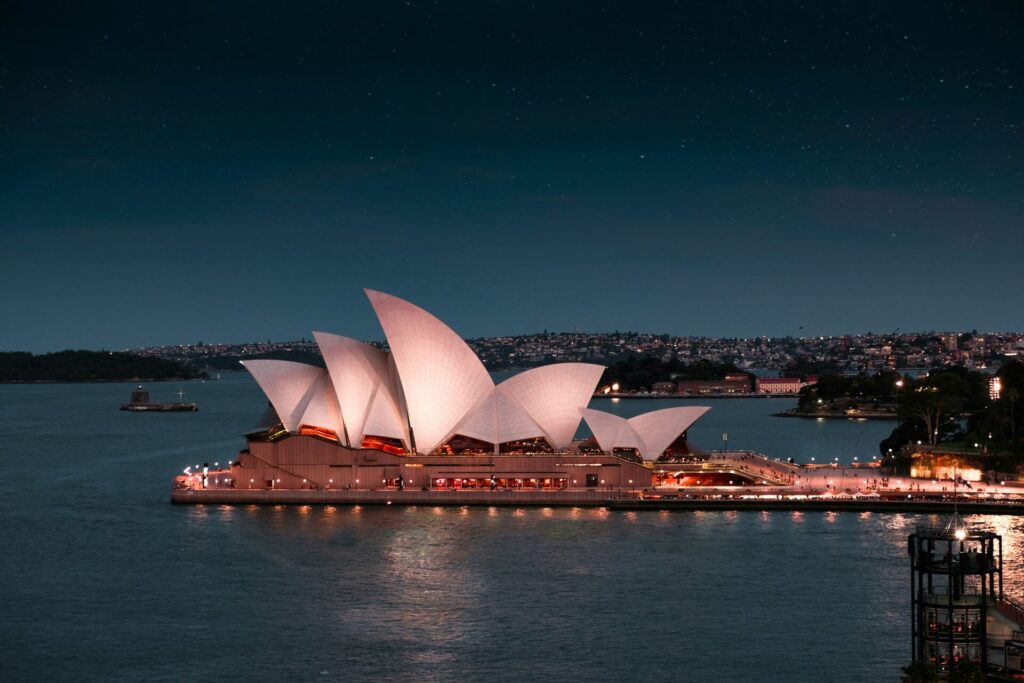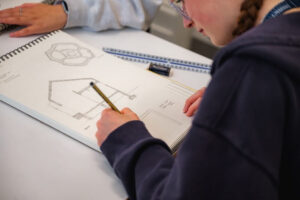Known for its top academic institutions, incredible job prospects, cultural diversity, relative affordability, stunning attractions, and climate, Australia remains a prime destination for international students. In fact, the country set a new record of 780,104 international students as of April 2024. So, if you’re contemplating studying in Australia, you’ve made a great choice. Two of the most popular university cities are Melbourne and Sydney. For those international students considering Sydney vs Melbourne, it can be a tough decision.
Sydney and Melbourne stand out among the many cities that attract students from around the globe. Both cities boast prestigious universities, vibrant lifestyles, and promising career opportunities, but each offers a unique experience.
When it comes to Sydney vs. Melbourne for international students, it’s best to get specific. In this guide, we will examine the key features of each city, like geography and population, climate and environment, cost of living, employment opportunities, academic institutions, and more.
Sydney vs. Melbourne for International Students: Brief Overview
| Feature | Sydney | Melbourne |
| Affordability | Higher cost of living, accommodation can be expensive | Generally more affordable than Sydney, but still relatively expensive |
| Academic institutions | Renowned universities like the University of Sydney and UNSW | Prestigious universities, including top-ranked institutions, like the University of Melbourne and Monash University |
| Employment opportunities | Strong job market, low unemployment rate, diverse industries | Favourable job market, focus on innovation and technology, good employment prospects. More students stay behind after graduation. |
We’ll expound on these features and more for both locations below.
Sydney
Formerly known as Sydney Cove, Sydney is the capital city of New South Wales. Below, we explore its features in detail.
Geography and Population
Sydney has 5,450,496 inhabitants as of June 2023, growing by 146,702 people between 2022 and 2023. The Greater Sydney Area is a very culturally diverse city, with only 56.8% of the population born in Australia. This figure is 65.4% for New South Wales and 66.9% for Australia.
In terms of Geography, two things immediately stand out: the city’s natural harbour and varied landscape. Sydney is a coastal city built around a magnificent natural harbour. The Sydney Harbour is one of the largest in the world and central to the city’s identity, offering countless opportunities for water activities.
Unlike many other Australian cities that are relatively flat, Sydney’s landscape is much more varied. Its topography includes numerous hills and low-lying areas.
This combination of city, harbour, mountains, and ocean creates an exceptional environment for international students.
Cost of Living for Students
Sydney is undeniably a fantastic city but is also one of Australia’s most expensive. The University of New South Wales, Sydney estimates that students living on campus average roughly AUD 25,000 per year, and those off campus, AUD 38,000 per year or more.
Of course, these figures were estimated using modest numbers and would significantly vary depending on your appetite and taste.
Accommodation is a major expense, with options ranging from shared apartments to on-campus accommodations. With on-campus dorms, you’ll get to save about AUD 160 monthly on utilities and up to AUD 200 on transportation.
You can consult resources like MoneySmart and Study in Australia to get more recent estimates on the cost of living.
Lifestyle and Culture
Three factors contribute greatly to Sydney’s lifestyle and culture: geography, multiculturalism, and great climate. The city’s multiculturalism is evident in its food scene, offering everything from fresh seafood to international cuisines. You’ll always have access to great dining options.
Sydney also boasts a thriving arts, culture, and sports scene, with world-class galleries, football and Australian rules football stadiums, theatres, and music venues. The iconic Sydney Opera House is a must-visit for any arts enthusiast.
There are also niche little spots like cafes, pubs, and restaurants for you to explore. You’ll hardly run out of things to do, even at odd hours.
The city’s coastal location means you can enjoy beautiful beaches like Bondi Beach and Manly Beach, where you can surf, play beach volleyball, or just enjoy the coastline.
Lifestyle in Sydney can feel nonhomogeneous, and the predominant way of life may depend on the bubble or area you find yourself in, especially if you live off campus. Each location has different dynamics that give them their unique identities.
Activities and Entertainment
Whether you’re a thrill-seeker or prefer a more relaxed pace, Sydney has something for everyone. The harbour is a safe space for surfing, kayaking, and even scuba diving, and the coastal walk from Bondi to Coogee is a must-do.
Sydney’s entertainment options are both expansive and varied. You can watch beautiful performances at the Sydney Opera House and explore contemporary art at the Museum of Contemporary Art. Festival and movie lovers are also in for a thrill with multiple festivals and outdoor cinema events like the Sydney Festival and Vivid Sydney.
Students of South Asian heritage will also enjoy the cricket matches at the Sydney Cricket Ground, especially when the Ashes is on the calendar.
There’s no dull moment whenever you need to unwind and take a break from school.
Transportation and Accessibility
Sydney has an efficient public transport system. Transport options include ferries, trains, buses, and metro and light rail. You can access these facilities with an Opal card. The Opal card is a convenient electronic ticketing system for all modes of public transport.
You can take a ride to your destination using traditional taxis or popular e-hailing apps like Uber, Didi, and GoCatch.
Sydney is also a bike-friendly city with many streets and bike-specific infrastructure. However, due to Sydney’s hilly terrain, you will need exceptional fitness to traverse some of its streets.
The city is also accessible to people living with disabilities. Most public transport options, including trains, buses, and ferries, are accessible to wheelchair users and other mobility aids.
The State of New South Wales has also recently committed funds to upgrade public infrastructure such as hospitals, education centres, stations, and wharves to make them safe and accessible to people with disabilities.
Accommodation
As an international student, you have four popular options, depending on your budget.
There are catered and non-catered on-campus accommodations, with the former ranging between $391-$580 per week and the latter between $349-$624, based on data from the Australian government MoneySmart website. There are also shared units at $240-$285 weekly and one-bedroom units at $575-$700 every week.
Location, amenities, and property type will always influence the final price.
Academic Institutions
Sydney is home to two institutions in the QS World University Rankings, with the University of Sydney and the University of New South Wales, Sydney, filling the 18th and 19th spots, respectively.
Both Sydney institutions are also part of the Group of Eight (Go8), Australia’s leading research-intensive universities.
The University of Sydney was founded in 1850, and is Australia’s first-ever university. It has a strong reputation in law, medicine, and humanities. About 50.7% (31,429 international student population in 2023) of its students are from foreign countries, the largest proportion in Australia.
The main University of Sydney campus is beautiful, with a fine old Main Quadrangle, symbolising its history, housing the Great Hall. Sydney University is steeped in history; it has the oldest cricket and judo club in the country as well as a lot of other historic firsts.
On the other hand, the University of New South Wales is known for its engineering, technology, and science programs. The University of New South Wales has four main campuses in Kensington, Paddington, Sydney CBD, and Canberra and has been home to over 334,000 alumni.
Other popular institutions in Sydney include Macquarie University, the University of Technology Sydney, and the Western Sydney University.
Climate and Environment
The Bureau of Meteorology classifies Sydney as a temperate climate zone. A temperate climate is characterised by moderate temperatures without extreme heat or cold, typically experiencing distinct seasons.
Compared to London and New York, Sydney offers a much milder climate with warmer temperatures, more sunshine throughout the year, and less extreme temperature fluctuations.
Sydney has four seasons: summer, autumn, spring, and winter. Summer lasts between December and February and has temperatures between 17-26°C. Winter lasts between June and August and has temperatures hovering around 9-17°C.
The period between March and May is autumn and September – November for spring, with moderate temperatures between 11-24°C in both seasons.
Speaking of seasons, the Sydney Summer School by Immerse Education at the University of Sydney is a fantastic opportunity for you to experience what it’s like to live and study in the city.
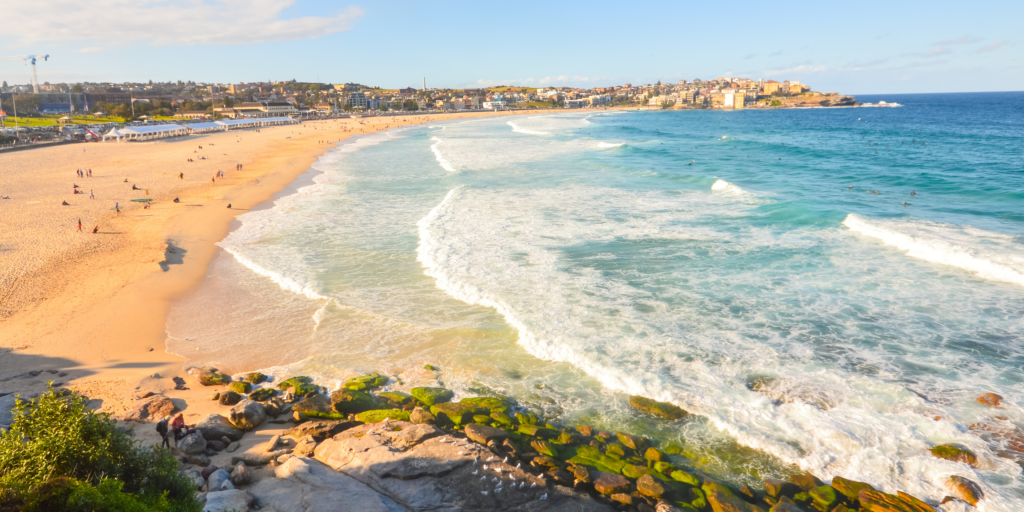
Employment Opportunities
Sydney offers promising employment prospects for international graduates.
International graduates also have access to temporary visas (subclass 485), allowing them to stay and work for some years after studying, up to five years for British National Overseas passport holders. There are further options to convert the temporary visa to permanent residency.
The city’s strong economy and diverse industries create numerous opportunities.
However, a lot depends on the university and the industry you want to enter. The University of New South Wales is “1st in Australia for graduate employment outcomes, per the QS World University Rankings, 2025, meaning graduates from this school have better odds in the job market.
Generally speaking, Sydney has a very low unemployment rate of 4.4%. Additionally, data shows Sydney has a jobs-to-residents ratio of 4.57, meaning “there were more jobs than resident workers.”
This translates to a higher likelihood of securing a stable job after graduation.
International students in Sydney can also find opportunities to work part-time while studying. The most common are the following:
- Hospitality
- Retail
- Tutoring
- Campus jobs
Remember to check visa conditions regarding work hours and eligibility.
Melbourne
Melbourne, known as the cultural capital of Australia, is the capital of Victoria and Australia’s second-largest city. Below, we explore its features in detail.
Geography and Population
Recent estimates by the Australian Bureau of Statistics put the city’s population at 5,207,145. Like Sydney, Melbourne is a melting pot of cultures, albeit less diverse. About 39.1% of its population was born overseas, contributing to its rich cultural diversity.
Unlike Sydney’s harbour-centric layout, Melbourne is built on a flatter landscape with a grid-like street pattern. The grid layout makes navigation relatively easy.
Like the harbour is central to Sydney’s aesthetics and geography, the Yarra River, which runs through Melbourne’s centre, is the city’s heart and soul. Unlike Sydney, Melbourne’s terrain is relatively flat, though the Dandenong Ranges and Yarra Valley to the east offer a hilly respite.
Cost of Living for Students
While Melbourne is often more affordable than Sydney, it still ranks as one of Australia’s more expensive cities for international students. Per data from Study Australia, you can spend between AUD 425 and $800 per week on living costs such as food, transport, utilities, and entertainment. When you add rent of AUD 260 to $525 per week, you’re looking at a total northwards of $20,000 per year.
These estimates are conservative and can vary significantly depending on lifestyle choices. You can use the Study in Melbourne cost of living calculator to estimate your potential annual expenses based on your preferences.
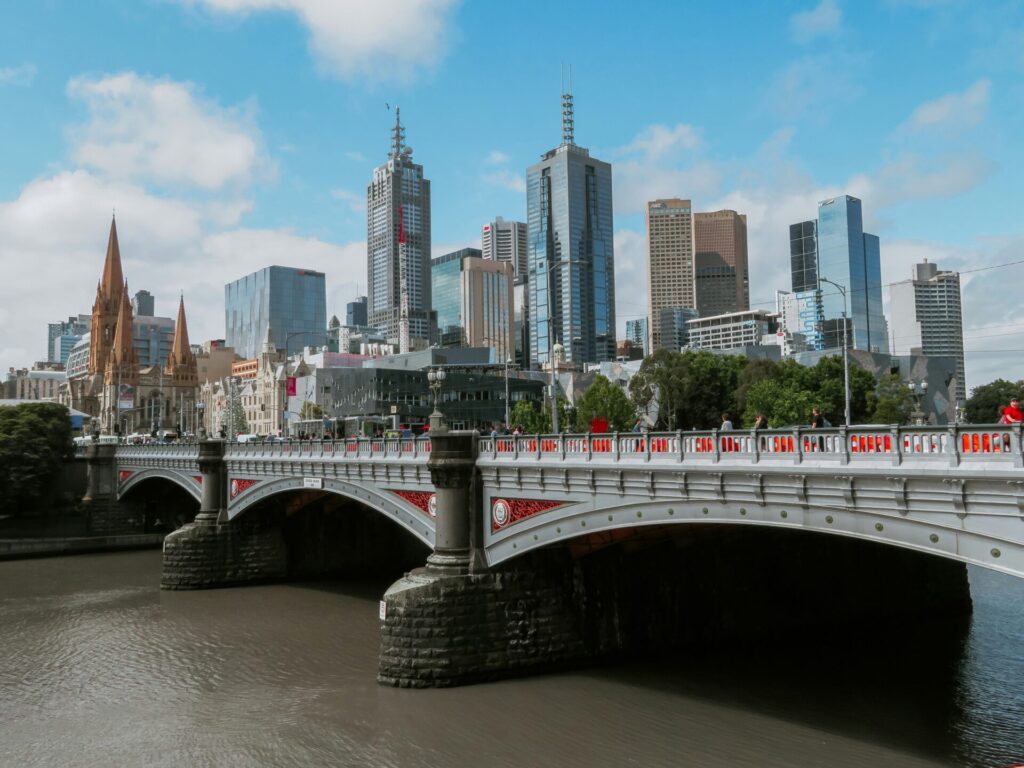
Lifestyle and Culture
There’s a reason Melbourne is regarded as the cultural capital of Australia. It’s cosmopolitan and exciting in equal measure. With a large chunk of the city’s population having a multicultural background, expect this to seep through every facet of the society, from arts to food.
Like Sydney, the lifestyle in Melbourne varies by neighbourhood. Fitzroy is known for its bohemian vibe, while South Yarra offers a more upscale, trendy atmosphere. Each area has its distinct character, ensuring students find a community that suits their preferences.
Activities and Entertainment
Melbourne offers you a rich assortment of activities. Students can catch opera performances at venues like the Corner Hotel, watch an AFL game at the Melbourne Cricket Ground, or enjoy theatrical performances at the Melbourne Theatre Company.
Festivals like the Melbourne Food and Wine Festival and Melbourne International Jazz Festival offer unique cultural experiences. Bonus point: many centres offer free or discounted prices for students.
The Great Ocean Road, one of the world’s most scenic coastal drives, is a must-do for nature lovers. The Yarra River is perfect for kayaking or rowing, while the Dandenong Ranges National Park is ideal for hiking.
For those interested in sports, Melbourne is known as the sporting capital of Australia, hosting major events like the Australian Open and the Formula 1 Grand Prix. This provides ample opportunities to experience world-class sporting events, even by just being around the event centres.
Transportation and Accessibility
Melbourne boasts an efficient and extensive public transportation network, including trams, trains, and buses. The good news also is that international students are eligible for 50 percent discounts on public transport when they get the “International Student Travel Pass, with 90-day, 180-day, and 365-day passes available.”
The pass works for all public transport in Victoria, not just Melbourne. You can also choose to limit your pass to specific areas, thus saving more money.
Melbourne’s iconic trams are a standout feature. It is the largest tram network in the world, covering 250 kilometres. Traditional taxis and e-hailing services like Uber and Ola are also widely available.
The city is also accessible to people with disabilities. The Victorian Government continues to invest in improving infrastructure to ensure it remains inclusive and accessible.
Accommodation
International students in Melbourne have various accommodation options, including shared rental, private rental, on-campus, and homestay. As with anywhere, staying on campus will save you a lot of money. On-campus accommodation also depends significantly on the school’s prestige.
For example, the minimum accommodation at Melbourne University is from $404 – $563 per week.
Academic Institutions
Melbourne is home to several prestigious institutions, including two in the top 50 of the QS World University Rankings: The University of Melbourne, ranked 13th globally, and Monash University, ranked 37th.
Other notable institutions include RMIT University, La Trobe University, Swinburne University of Technology, Deakin University, and Victoria University.
Wondering what the application process is like for Australian Universities? Our “What you Didn’t Know about Applying to University in Australia” provides all the info you need.
Climate and Environment
Melbourne’s climate is temperate, characterised by mild to warm summers and cool winters, with moderate rainfall throughout the year. One striking feature of Melbourne’s climate is experiencing “four seasons in a day,” where conditions can change rapidly.
The average temperature during summer (December to February) is 25°C, while winters (June to August) are cooler, with an average temperature of 14°C. Autumn (March to May) and spring (September to November) offer mild temperatures of 20°C.
Employment Opportunities
Melbourne, like Sydney, offers a favourable job market for international students. The University you finish from could also provide added opportunities and privileges.
To improve employment outcomes for international students, the Victoria government has instituted an action plan to “address employment barriers and promote post-study pathways for global talent.”
The unemployment rate is very low at 4.1%, although 1% higher than the rate in regional Victoria. The government also projects that many industries will need new workers by 2026. Some of these industries include professional, scientific, and technical services, health care, and social assistance.
Join the Immerse Education 2024 Essay Competition
The Immerse Essay Competition is open for 2024! Follow the instructions to write and submit your best essay for a chance to be awarded a 100% scholarship.
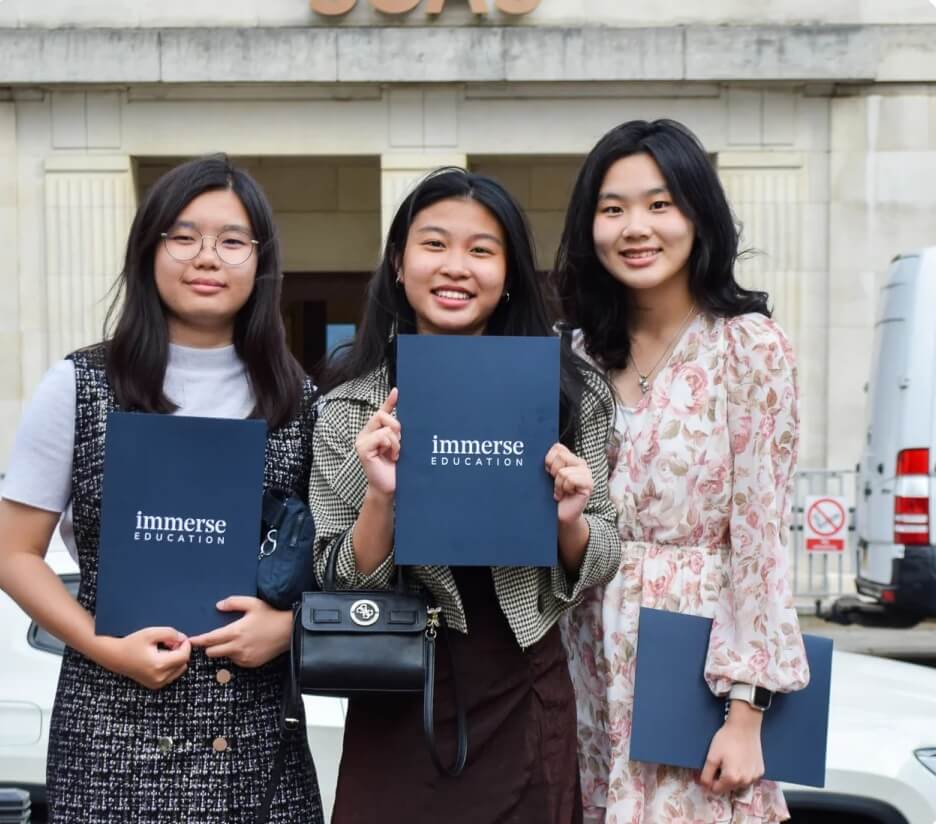
Melbourne vs. Sydney: Which is Better for International Students?
Choosing between Melbourne and Sydney as a study destination is not exactly straightforward. But let’s look at a few facts.
Melbourne is 5th on the QS Best Student Cities ranking with a 97.1 overall score, while Sydney is 6th with a total score of 95.4. The ranking considers factors like university rankings, student mix, desirability, employer activity, affordability, and student view.
Here’s a breakdown of the overall score:
| Criteria | Melbourne | Sydney |
| University rankings | 71.1 | 70 |
| Student mix | 100 | 98 |
| Desirability | 94.4 | 96 |
| Employer activity | 85.4 | 84.9 |
| Affordability | 22.7 | 18.7 |
| Student view | 98.5 | 96.2 |
Source: QS Best Student Cities Rankings 2025
From the above table, Melbourne trumps Sydney on five of the six metrics.
This outcome aligns mostly with our position that Melbourne is preferable for international students looking at job outcomes after their program, affordability, and overall quality of institutions.
The “student view” metric considers the number of graduates who continue living in the city after graduation. This metric also favours Melbourne.
That said, if you were comparing the University of Sydney and the University of Melbourne, you should research your preferred course, which schools offer the best programs, and what the job market for that industry is like in the two cities.
Ultimately, the best city will likely depend on individual preferences, priorities, course of study, and the benefits you want to get from studying abroad.
Any of Australia’s top cities, even outside Melbourne and Sydney, provide excellent academic and personal growth opportunities. Learn more about applying to Australian Universities.
Takeaway: The choice between Melbourne and Sydney depends on your preferences
Both Sydney and Melbourne offer unique advantages as study destinations for international students. Sydney’s vibrant cultural scene, stunning coastal landscapes, and world-renowned universities make it an exciting place to live and learn.
Meanwhile, Melbourne’s rich cultural diversity, affordability, and strong job prospects create an equally compelling environment.
Ready to explore Australia? Enrol in a Sydney summer programme today for an academic journey that blends world-class education with unforgettable cultural experiences.
